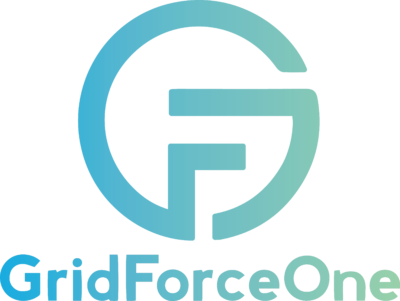Waterfall Methodology in Project Management: Examples, Pros, and Cons
One pertinent question project managers ask themselves before they commence the execution of any project is to decide on the best course of action. Providing sufficient answers to this question is the bedrock of successful project execution. Today, there are multiple approaches to project management and one of the most widely used approach is the Waterfall Methodology.
What is the Waterfall Methodology approach?
The Waterfall approach involves strategic mapping out of projects into distinctive phases. Each new phase only begins after the completion of an earlier phase. This traditional form of project management ensures that team members work in a linear direction towards achieving set goals. As a member of the management group, each member works on a clearly defined phase that usually does not change.
Common Examples of Waterfall Methodology in play
Waterfall methodology adoption is nothing new. In fact, it has been around for a very long time. Common examples of this model are visible in the following modern systems.
- Customer Relationship Management (CRM)
- Enterprise Resource Planning (ERP)
- Human Resource Management Systems (HRM)
- Supply Chain Management Systems
- Retail Chains point of Sales
Project system developers adopt the Waterfall Model when designing the above systems, and today, the model is prevalent across multiple industries. The model is ideal for long term projects with detailed plan outlines all broken into phases. Within the execution timeline, every phase is time-bound and executed in quick succession.
Is the Waterfall Model the same as the Agile Model?
The Waterfall Model is different from the Agile Model. The latter is used for projects with a shorter timeline that requires constant testing and re-testing. Waterfall, on the other hand, is mainly used for long term projects and testing after each phase is discouraged due to the exorbitant cost.
Stages of Waterfall Methodology in Project Management
- Project Requirements: The Project Manager gathers all valuable data and analyses the requirements for the project
- System Template design: At this stage, the workflow model is designed for the project
- System implementation: The system that has been designed will be put to work
- Testing: Every element designed for the project is evaluated to ensure that they conform to set standards.
- Deployment: At this point, the product is launched for use.
- Maintenance: Team members perform maintenance tasks to sustain project quality.
Positives of the Waterfall Methodology
- Easy to understand and to implement
- Easier to manage (Very flexible approach to project management)
- One phase is completed at a time
- Best for clearly defined tasks
Negatives of the Waterfall Methodology
- Making changes is quite difficult if there are unforeseen errors overlooked after the stage of conception
- Highly risky and eventual outcomes are uncertain
- Not ideal for complex projects with overlapping feature requirements
- Not suitable for volatile and fast-changing projects
Conclusion
The Waterfall Model or Methodology may have its drawbacks, but defining your goals and objectives before you commence execution will help you to avoid potential pitfalls. As a rule of thumb, only use this model if the project is clearly defined, short-termed, and fixed.
Have something to add? Let us know in the comments section below!



